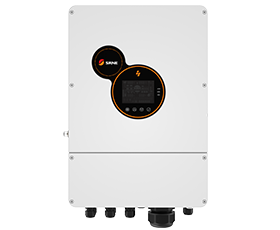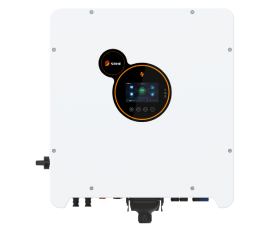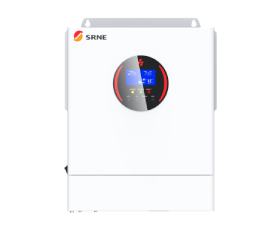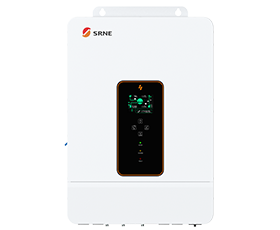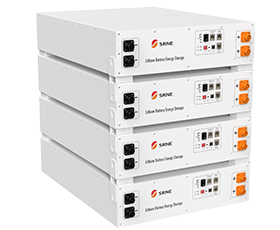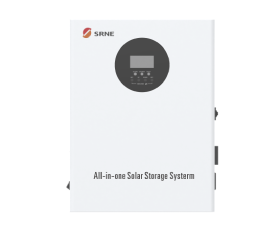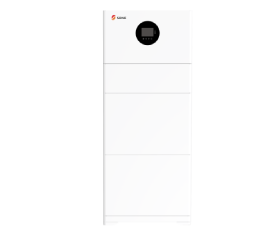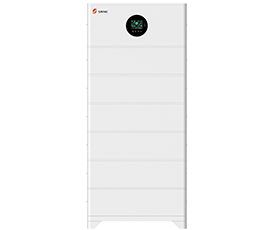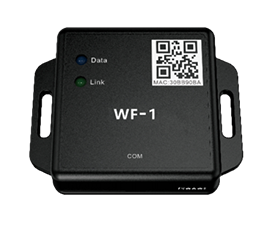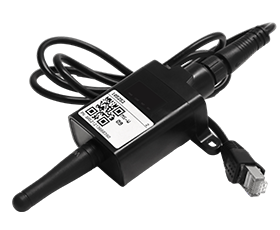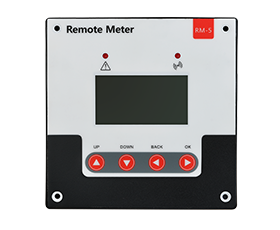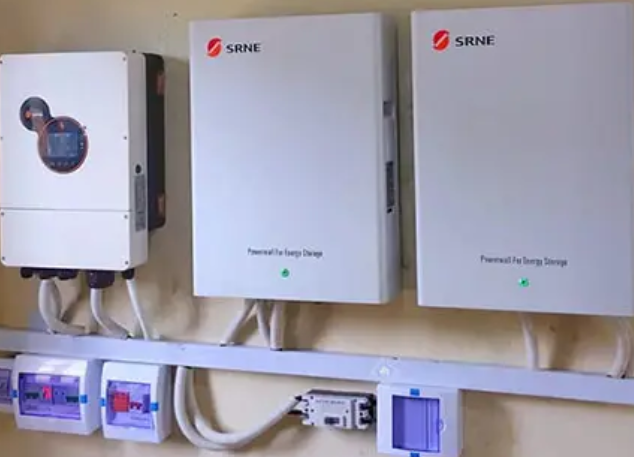Solar Charge Controller Technical Parameters
1. System Voltage
System voltage is also called rated operational voltage, which refers to the direct current operational voltage of solar power system. Generally, the system voltage value is 12V or 24V. The medium-scale or large-scale charge controller system voltage value can be 48V, 110V and 220V.
2. Maximum Charging Current
The maximum charging current refers to the maximum output current of solar panels or solar array.
3. No-load Loss
The loss of the controller's circuit itself is also one of its main technical parameters, also called no-load loss (quiescent current) or maximum self-consumption current. In order to reduce the loss of the controller and improve the conversion efficiency of photovoltaic power, the loss of the circuit itself of the controller should be as low as possible. The maximum no-load loss shall not exceed 1% of its rated charging current. The no-load loss is generally 5~20ma.
4. Battery Overcharging Protection Voltage
Battery overcharging protection voltage is also called fully-charged cut off voltage or overvoltage cut off voltage. The voltage value should be set according to the battery type. The voltage value range is between 14.1V to 14.5V for 12V system, 28.2V to 29V for 24V system and 56.4V to 58V for 48V system. The typical value is 14.4V, 28.8V and 57.6V.
5. Battery Overdischarging Protection Voltage
Battery overdischarging protection voltage is also called undervoltage cut off voltage. The voltage value should be set according to the battery type. The voltage value range is between 10.8V to 11.4V for 12V system, 21.6V to 22.8V for 24V system and 43.2V to 45.6V for 48V system. The typical value are respectively 11.1V, 22.2V and 44.4V.
6. Battery Floating Charging Voltage
Float voltage is the voltage at which a battery is maintained after being fully charged to maintain that capacity by compensating for self-discharge of the battery. Generally, the battery floating charging voltage is 13.7V for 12V system, 27.4V for 24V system and 54.8V for 48V system.
7. Temperature Compensation
Generally, the charge controller has the function of temperature compensation in order to adapt to different working environment temperature. For the purpose of setting a more reasonable charging voltage for storage battery, the temperature compensation coefficient should meet the technical requirements.
8. Operating Temperature
The operating temperature for charge controller is usually between -20℃ to 50℃.
9. Protection Functions
(1) Short Circuit Protection Function
The input and output circuit of controller will be protected from short circuit damage.
(2) Reverse charging protection function
The controller should has this function in order to protect the solar panel from battery reverse charging.
(3) Electrode reverse connection protection function
If the solar panel or storage battery is not correctly connected to the controller, the controller should have the function of protecting the circuit.
(4) Lightning protection function
The input end of charge controller has the lightning protection function. The type of arrester which is set at rated value should absorb the prospective impact energy.
(5) Surge Voltage and Surge Current Protection Function
Put 1.25 times the nominal voltage to the input end of the solar cell for one hour and the controller can still operate normally. When the controller charging loop current reaches 1.25 times the nominal current for one hour, the controller should also keep running.
The above is just an incomplete introduction for solar charge controller technical parameters. If you want to learn more about it, do not hesitate to follow our website and get more information.




















